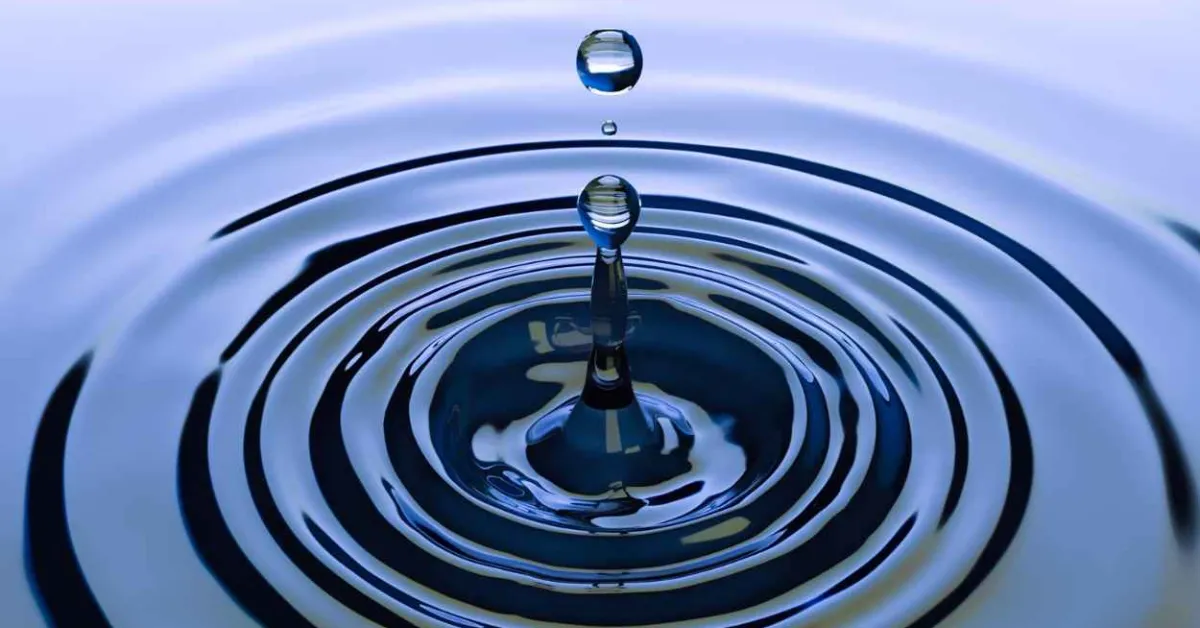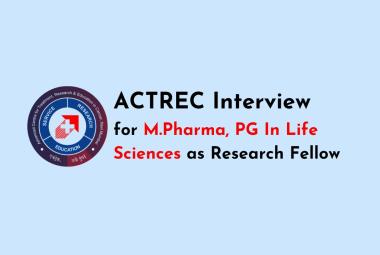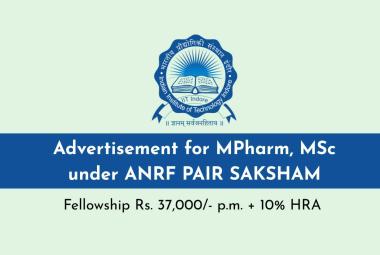ABOUT AUTHORS:
Narasimha Gandhi1, Ravisankar M*1, Harini K2, Ananda Thangadurai S2
1Kemwell bio pharma pvt ltd, Neelamangala, Bangalore.
2Swami Vivekanandha College of Pharmacy, Department of Pharmaceutical analysis,
Elayampalayam, Thiruchengode, Namakkal Dt.
*pharmaravi18@gmail.com
ABSTRACT
In today’s pharmaceutical facilities the availability of purified water is essential. While the domestic consumer considers tap water to be pure the pharmaceutical end-user regards it as grossly contaminated. Within the pharmaceutical industry, water is most commonly used in liquid form, not only as an ingredient in many formulations but also as a cleaning agent. Production of Purified Water, Highly Purified Water, Pyrogen Free Water and WFI to international pharmaceutical standards is widely recognised as a critical process. This review article describes about the purification process and critical factors involves in the purified water.Purified water is used in most Pharmaceutical manufacturing processes all around the world. Therefore, international and national authorities have established water quality standards for purified and other regulated grades of water. Key authorities include the United States Pharmacopoeia (USP), the European Pharmacopoeia (Ph Eur), the Japanese Pharmacopoeia (JP) The standards in this section are a summary and correct at the time of going to press. Standards are regularly reviewed and updated and users should refer to the latest version of the full standards.
REFERENCE ID: PHARMATUTOR-ART-1829
INTRODUCTION
Water purity is tremendously significant to pharmaceutical and biochemical industries. Suspended or dissolved particles, organic compounds, impurities and other contaminants prohibit the usage of tap water in laboratory applications and scientific research. Parameters such as resistivity, conductivity, size of particulate matter and concentration of microorganisms are used to categorize water quality and, therefore, specify intended uses for water. Water is an excellent solvent and can be sourced from almost wherever on earth. This property makes it prone to all kinds of contamination. Particulate likes Silt and debris which can be removed by passing water through a 10 to 20 micron filter (or less if necessary).for micro organisms, Bacterial agents constitute a real challenge for water purification systems. Their growth rate, size and robustness require an efficient design (detection, removal from water inlet, inhibition of growth, etc.). Bacteria are measured in colony forming units per milliliter and can be killed with disinfectants. As a result, their secretions and cellular fragments must also be removed to avoid contamination. Endotoxins, pyrogens and bacterial by-products. Harmful to tissue cultures. Can be detected with a Limus Amoebocyte Lysate (LAL) test. Dissolved inorganic elements such as phosphates, nitrates, calcium and magnesium, carbon dioxide, silicates, iron, chloride, fluoride, and any other natural or man-made chemicals resulting from exposure to the environment. Electrical conductivity (Siemens/cm) is used to monitor high concentration of ions, while resistivity (MÙcm) is used to identify ions if present in small concentrations. These contaminants affect water hardness and alkalinity/acidity. Total Organic Carbon (TOC) analyzers are used to measure CO2 emitted by organics subjected to oxidization. Organic-free water is mainly used in applications where analysis of organic substances is carried out (e.g. HPLC, chromatography and mass spectrometry).Scientific applications necessitate elimination of certain types of contaminants. On the other hand, pharmaceutical productions require, in most cases, near-total removal of impurities (criteria dictated by specific standards or local/international regulatory bodies).1
WATER PURIFICATION PROCESS
There are a number of methods commonly used to purify water such as filtration, reverse osmosis, distillation, de ionization1,2 .Their effectiveness is linked to the type of contaminant being treated and the type of application the water will be used for.
Coarse filtration
It is also called particle filtration, it can utilize anything from a 1 mm sand filter, to a 1 micron cartridge filter1.
Micro filtration
Uses 1 to 0.1 micron devices to filter out bacteria. A typical implementation of this technique can be found in the brewing process1.
Ultra filtration
It removes pyrogens, endotoxins, DNA and RNA fragments. Ultra filtration (UF) is a cross-flow process similar to reverse osmosis. The membrane rejects particulates, organics, microbes, pyrogens and other contaminants that are too large to pass through the membrane1.
Reverse osmosis
Reverse osmosis is the most refined degree of liquid filtration. Instead of a filter, it uses a porous material acting as a unidirectional sieve that can separate molecular-sized particles1.
Distillation
Oldest method of purification. Inexpensive but cannot be used for an on-demand process. Water must be distilled and then stored for later use, making it again prone to contamination if not stored properly1.
Ultraviolet radiation
At a particular wavelength, this might cause bacteria to be sterilized and other micro organics to be broken down. Radiation with a wavelength of 240-260 nm has the greatest bactericidal action with a peak at 265nm.It damages DNA and RNA polymerase at low doses preventing replication.Radiation at shorter wavelengths (185 nm) is effective for the oxidation of organics. The UV breaks large organic molecules into smaller ionized components, which can then be removed by a elctrodeionisation. 185 nm UV is also used to destroy excess chlorine or ozone. UV radiation at 185 nm is a highly effective photo-oxidant and a key component in producing purified water with the lowest levels of organic contaminants1.
Deionization
It is also known as ion exchange, it is used for producing purified water on-demand, by passing water through resin beds. Negatively charged (cationic) resin removes positive ions, while positively charged one (anionic) removes negative ions. Continuous monitoring and maintenance of the cartridges can produce the purest water1.
Activated carbon adsorption
It operates like a magnet on chlorine and organic compounds.Activated carbon is used in treatment to remove chlorine and chloramines from feed water so they do not damage membrane filters and ion exchange resins. The second application of activated carbon is in the removal of organic compounds from potable water. Activated carbon takes up water contaminants by virtue of ionic, polar and Van der Waals forces, and by surface-active attraction. Activated carbon beds are prone to releasing fines and soluble components into the water stream and do not remove all dissolved organic contaminants, but their use can produce a significant reduction in TOC1.
FACTORS INVOLVING IN THE PURIFIED WATER ANALYSIS
Water samples were checked for single chemical impurities, such as carbon dioxide, ammonia, chloride, sulphate and calcium, using traditional wet chemistry methods. Other wet chemistry tests for screening classes of impurities were oxidisable substances, heavy metals, and pH; these tests complemented other existing tests for particulates, microorganisms, and endotoxins. In some pharmacopoeia, tests for nitrate, nitrites, and other impurities were required also.
Acidity and alkalinity
It is best described as water’s ability to keep the pH stable as acids or bases are added3.
Ammonia
Ammonia nitrogen (N) is present in variable concentrations in many surface and ground water supplies. Ammonia is rapidly oxidized by certain bacteria, in natural water systems, to nitrite and nitrate--a process that requires the presence of dissolved oxygen. Ammonia, being a source of nitrogen is also a nutrient for algae. The higher the pH, the more of the NH3 will be present3.
Total Hardness
The Total Hardness of water represents primarily the total concentration of Calcium and Magnesium ions expressed as calcium carbonate. The purified water hardness can ability to alternate the taste of the water Hardness can be divided in to two types one is temporary hardness and another one is permanent hardness. Temporary hardness is a type of water hardness caused by the presence of calcium and magnesium cations (Ca2+, Mg2+) and carbonate and bicarbonate anions (CO32-, HCO3-). The presence of the metal cations makes the water hard. However, unlike the permanent hardness caused by sulfate and chloride compounds. Temporary hardness can be reduced either by boiling the water or by the addition of lime (calcium hydroxide) through the softening process of lime softening3, 4.
Oxidizable substances
Chlorine reacts immediately with all the oxidizable substances which may be present in the water (organic matter and certain mineral substances as well as pathogens and other organisms).These substances consume chlorine. For the chlorination to be effective, sufficient chlorine must be added to meet this initial chlorine demand. This is confirmed by checking that an excess of unconsumed chlorine remains in the water5,
Chlorides
Chlorine is a capable disinfectant and plays an important role in ensuring the health and safety of water for consumption and for water recreation. Sodium hypochlorite is used as disinfectant in purify water systems. Excess of chlorine presence in the water system removed by sodium meta bi sulphite. However, there are many applications where chlorine is no longer necessary, and in reality the presence of chlorine is a great disadvantage. Chlorine is corrosive, and damages a number of critical water filtering systems such as reverse osmosis membranes and deionization resins. Chlorine can also affect the color of the product. The presence of chlorine in water for medical procedures (kidney dialysis) is unhealthy and potentially dangerous. These are just a few of the reasons why products and processes exist to remove chlorine from water. At the doses normally used, chlorine destroys all pathogenic viruses and bacteria in water, but it is ineffective against protozoan cysts, larvae, pathogens within the suspended particles. So it is advisable to filter water prior to chlorination to remove eggs, cysts, larvae and suspended particles6, 7
Nitrates
Nitrates occur in water as the end product in the biological breakdown of organic nitrogen, being produced through the oxidation of ammonia.It can interfere with the ability of red blood cells to transport oxygen. It may cause health problems if consumed in large amounts. Presence of ammonia leads to produce nitrates by combining with oxygen.An excess nitrate in the water is often used as an indicator of poor water quality. Algae use nitrates as a source of food. Excess level of nitrate can cause blue baby syndrome in infants8-15.
Residue on evaporation
The total amount of residue found by evaporation of a water sample is a useful indicator of the total amount of dissolved chemicals and suspended matter in the sample. It may contaminate the water and also it indicates the quality of water16-17.
Sulphates
Sulphates forms salts with a variety of elements such as sodium, calcium, magnesium, potassium and barium. If high amounts of sodium sulphates and magnesium salts contains in water may in result in intestinal discomfort, diarrhea and consequently dehydration .High amounts of sulphates salts may give drinking water an offensive taste. High concentrations of sulphates may interfere in the efficiency of chlorination and also may increase the corrosive properties of water. Sulphate reducing bacteria are often encountered in water. These bacteria produced hydrogen sulphide that results in unpleasant taste and odour. Hydrogen sulphide increases the corrosive properties of water18-20.
pH
pHis the negative logarithm of the hydrogen ion concentration. It is in effect an index of the amount of hydrogen ion present in a substance and is used to categorize the latter as acid, neutral, or alkaline (basic).A pH that is too high is undesirable because free ammonia increases with rising pH.Some of components (mainly bicarbonate, carbonate, and hydroxide) in the water that tend to elevate the pH of the water above 4.5. These factors are characteristic of the source of water3.
Conductivity
Conductivity is a measure of the ability of water to pass an electrical current. Conductivity in water is affected by the presence of inorganic dissolved solids such as chloride, nitrate, sulfate, and phosphate anions (ions that carry a negative charge) or sodium, magnesium, calcium, iron, and aluminum cations (ions that carry a positive charge). Organic compounds like oil, phenol, alcohol, and sugar do not conduct electrical current very well and therefore have a low conductivity when in water. Conductivity is also affected by temperature: the warmer the water, the higher the conductivity. For this reason, conductivity is reported as conductivity at 25 degrees Celsius (25º C)4, 21.
Heavy metals
Excess metal levels in water may pose a health risk to humans and to the environment. Severe effects include reduced growth and development, cancer, organ damage, nervous system damage, and in extreme cases, death. Exposure to some metals, such as mercury and lead, may also cause development of autoimmunity, in which a person's immune system attacks its own cells. This can lead to joint diseases such as rheumatoid arthritis, and diseases of the kidneys, circulatory system, and nervous system22-27.
CONCLUSION
Water is the universal in pharmaceutical industry. If water is not meets the specifications further may contaminate the pharmaceutical formulations. When human consumes such kind of pharmaceutical formulations may cause the health risk. This review article provides the details about water purification and the factors affecting the purified water in pharmaceutical industry.
REFERENCES
1. eurotherm.co.in/industries/life-sciences/applications/water-purification/
2. USP 30-NF 25,vol.32(5),2007;1528
3. alken-murray.com/TESTS01.htm
4. waterquality.de/hydrobio.hw/TWHARTE.HTM
5. fastonline.org/CD3WD_40/CD3WD/HEALTH/MS05PE/EN/B1322_2.HTM
6. uvsciences.com/Dechlorination.html
7. waterprofessionals.com/process-water/dechlorination.html)
8. ncsu.edu/sciencejunction/depot/experiments/water/lessons/np/
9. peer.tamu.edu/curriculum_modules/water_quality/module_5/index.htm
10. J. R. Self. 1998. Domestic Water Quality Criteria. 0.513.
11. Kendall, P. 1992. Drinking Water Quality. 9.307.
12. Self, J. R., and P. N. Soltanpour. 1997. Soil Sampling. 0.500.
13. Soltanpour, P. N., I. Broner, and R. H. Follett. 1999. Nitrogen and Irrigation Management. 0.514.
14. Soltanpour, P. N. and W. L. Raley. 1993. Livestock Drinking Water Quality. 4.908.
15. Stanton, T. L. 1992. Nitrate Poisoning. 1.610.
16. quod.lib.umich.edu/g/glrr/4739086.0001.001?rgn=main;view=fulltext
17. chestofbooks.com/food/beverages/A-Treatise-On-Beverages/Residue-By-Evaporation.html
18. agriculture.gov.sk.ca/AKC
19. saskH20.ca
20. health.gov.sk.ca/environmental-health
21. water.epa.gov/type/rsl/monitoring/vms59.cfm
22. freedrinkingwater.com/water-education/quality-water-heavymeatal.htm
23. lef.org/protocols/health_concerns/heavy_metal_detoxification_01.htmc
24. John H. Duffus ""Heavy metals" a meaningless term? (IUPAC Technical Report)" Pure and Applied Chemistry, 2002, Vol. 74, pp. 793–807. doi:10.1351/pac200274050793
25. Lane TW, Morel FM. A biological function for cadmium in marine diatoms.
26. C.Michael Hogan. 2010. Heavy metal. Encyclopedia of Earth. National Council for Science and the Environment. eds. E. Monosson & C. Cleveland. Washington, D.C.
27. Ron Zevenhoven, Pia Kilpinen: Control of Pollutants in Flue Gases and Fuel Gases. TKK, Espoo 2001
NOW YOU CAN ALSO PUBLISH YOUR ARTICLE ONLINE.
SUBMIT YOUR ARTICLE/PROJECT AT articles@pharmatutor.org
Subscribe to Pharmatutor Alerts by Email
FIND OUT MORE ARTICLES AT OUR DATABASE









